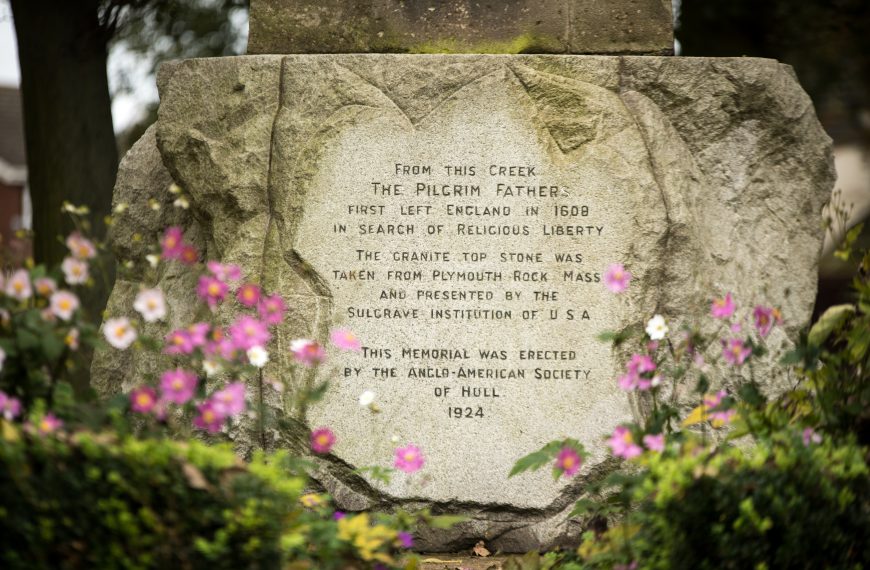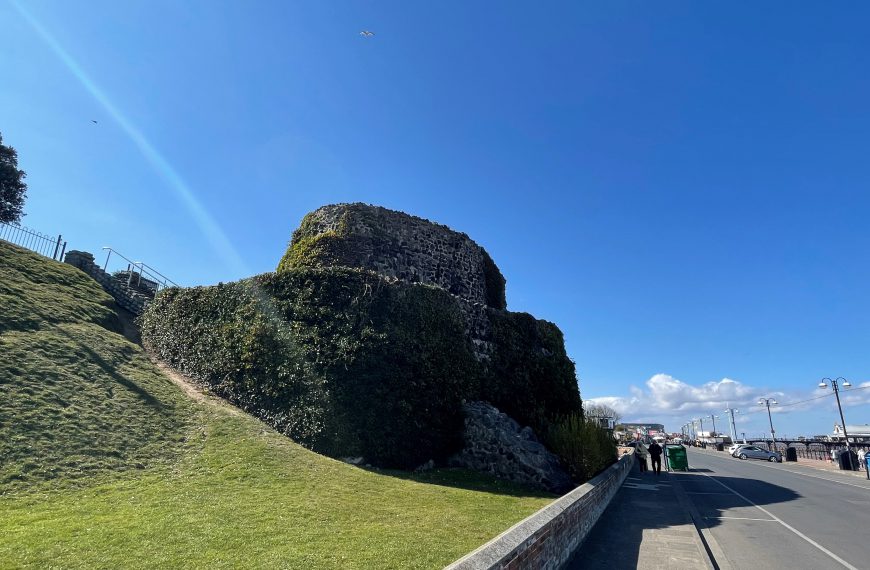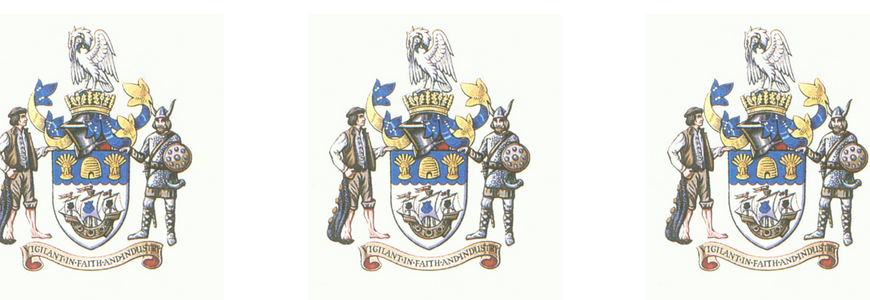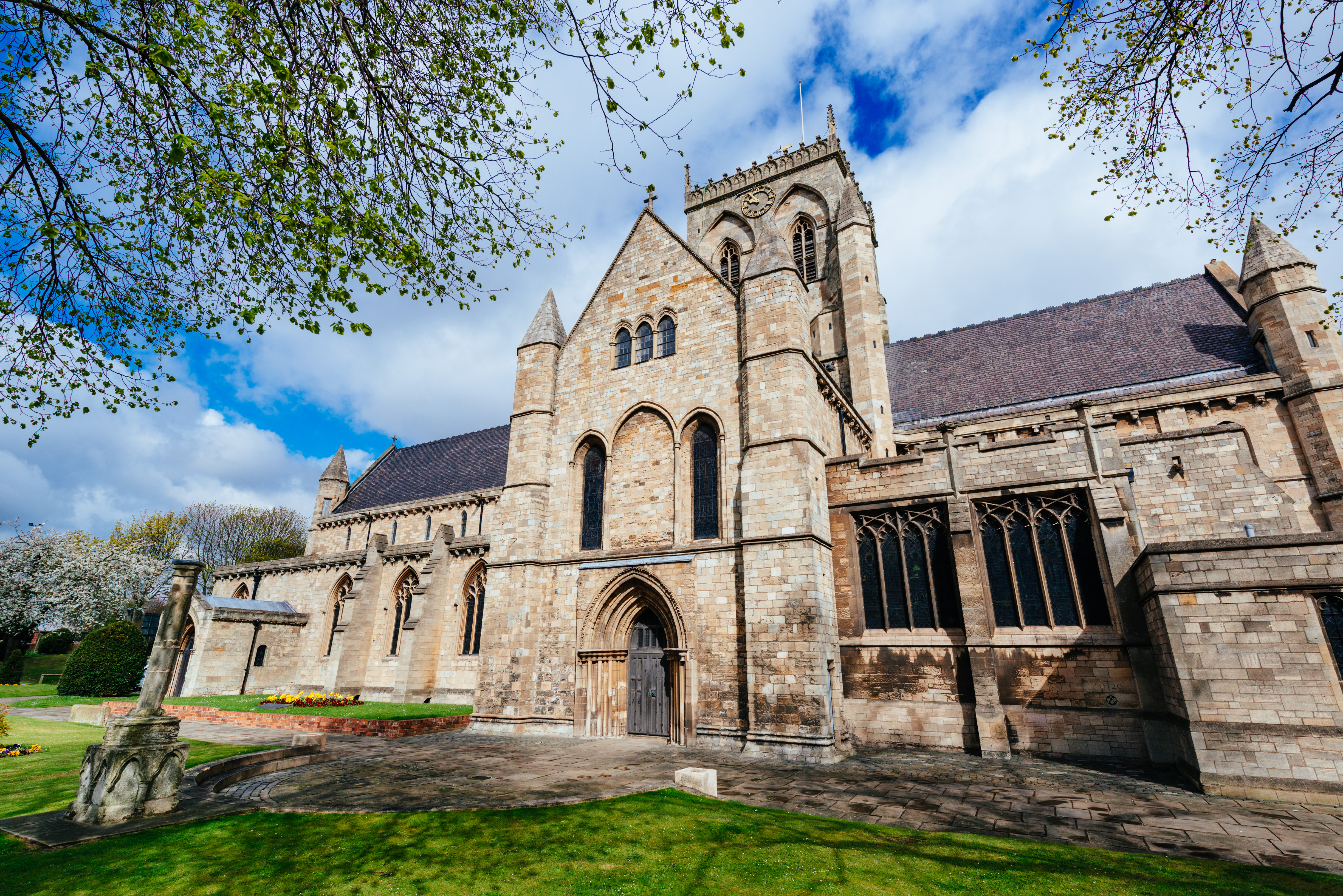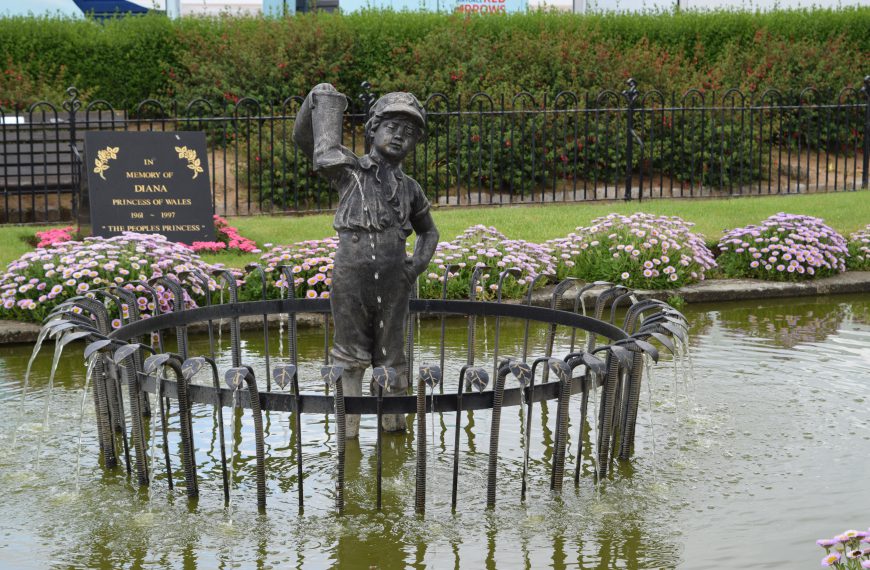History of Grimsby
The coastal landscape around Great Grimsby has been characterised by mudflats and salt marshes for many years and at the end of the Middle Ages, the town itself was virtually an island with only one road into it. It was fed by natural spring water from the nearby Lincolnshire Wolds.
The first written recording of Great Grimsby was in 866AD when 20,000 Norse invaders passed through the town on their way to sack York and take control of Northern England and was settled by the Danes around that time.
The name Grímr is common across the Scandinavian world and recorded several times throughout Lincolnshire in the Domesday Book.
According to legend, Grimsby was founded by a Danish fisherman called Grim. In Old Norse, ‘by’ means village. The story of Grim and Havelok is written about in a poem thought to have been composed around 1280-1310. Grim was a fisherman who heroically saved the infant Prince Havelok of Denmark from the sea.
Grimsby was mentioned in the Doomsday book in 1086, having a population of around 200, and a priest, a mill and a ferry (probably to take people across the Humber, to Hull). It stood on a river called the Haven which flowed into the Humber. As its name suggests, it was a haven for ships when storms approached. There were rich fishing grounds in the North Sea and the Humber was full of fish. It is called Great Grimsby in contrast to Little Grimsby, a village near Louth.
In 1201 King John granted a charter to Grimsby. A charter is a document granting townspeople to certain rights. King John reigned between 1199 and 1216 and signed the Magna Carta in 1215. One of the most important manuscripts in English history, the Magna Carta is a charter of citizens rights which, amongst other things, guaranteed the right to a fair trial.
On 11 March 1201 Grimsby’s most historic document ordained that ‘the good men of Grimsby should be governed by a mayor’. From then on Grimsby had its own court and its own local government. By 1218 Grimsby had a mayor.
During the 12th century it developed into a fishing and trading port. Whilst fishing was its lifeblood, ships also brought timber from Norway and wine from Spain and France. Wool was exported from Grimsby and coal was brought along the coast from Newcastle. At one point it ranked 12th in importance to the Crown in terms of tax revenue.
In the 15th century The Haven began to silt up, preventing ships from docking and resulted in Grimsby’s long period of decline which lasted until the late 18th century.
In the early 19th century, the town grew rapidly. The Great Grimsby Haven Company was formed for the purpose of enlarging and improving the Haven and the port of Grimsby. The port boomed and new docks were necessary to cope with the expansion. The Grimsby Dock Tower was built in 1851 and is 300 ft high. The grade one listed building, which still dominates the view, was designed by James William Wild and follows the style of the Palazzo Publico in Siena, Italy. The iconic landmark stands tall and proud at the entrance to the docks. Its intricately designed exterior conceals a gigantic water tank within its walls. Capable of holding 33,000 gallons of water, it was effortlessly filled by two 25 hp engines which could lift the water 200 feet above the level of the docks. Once there, the pressure of this enormous tank of water had the power to open and close the lock gates with ease. It took one million bricks to build the Dock Tower, all of them, except for the millionth brick, which was made of glass, were made from the clay that was dug out of the dock basin during its construction.
The Royal Dock was built in 1852 and four further docks – No. 1 Fish Dock, No. 2 Fish Dock, Alexandra Dock and Union Dock – followed and the fishing fleet was greatly expanded. Many of the dock workers used to use Freeman Street as their main thoroughfare to work.
The arrival of the railway in 1848 made it easier to transport goods to and from the port. Direct rail links to London allowed for fresh ‘Grimsby fish’ to arrive at Billingsgate Fish market and became renowned nationwide. The demand for fish grew to such an extent that at its peak in the 1950s, Grimsby became the largest fishing port in the world.

